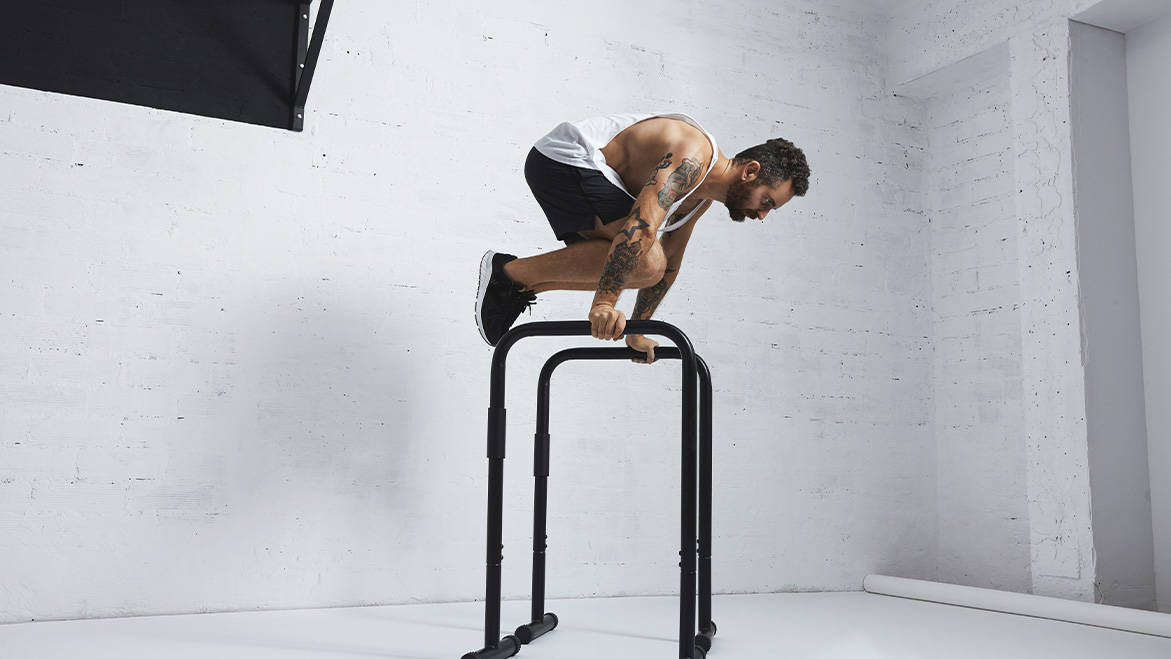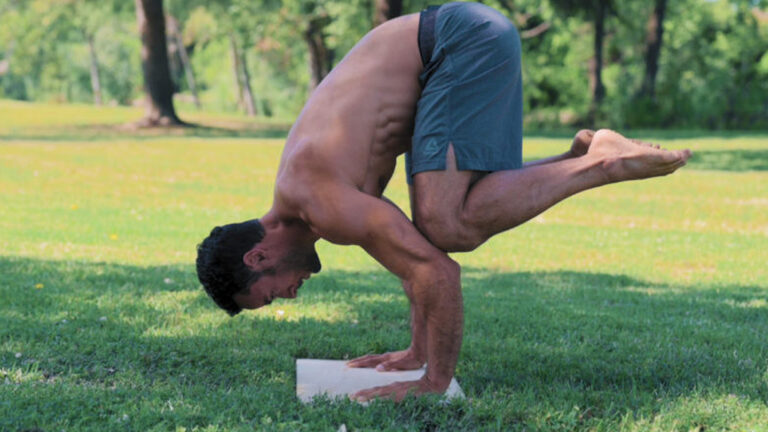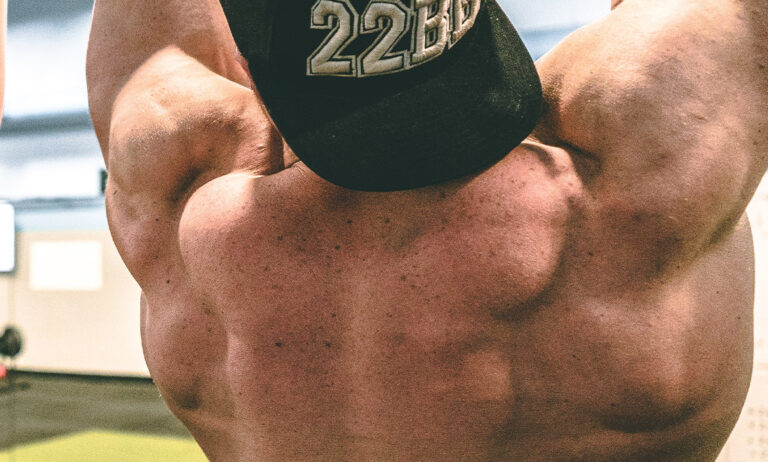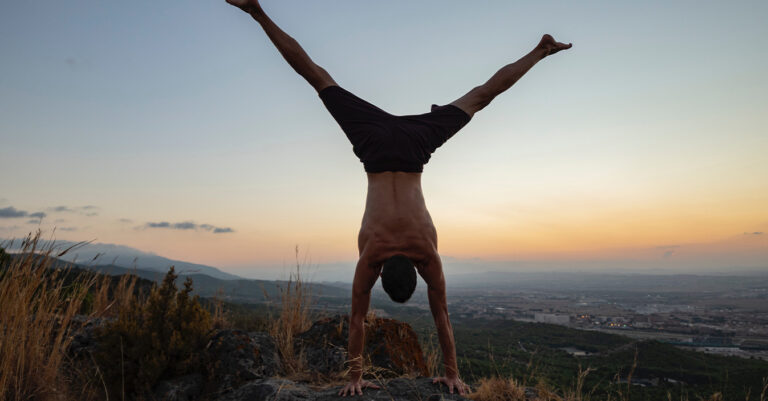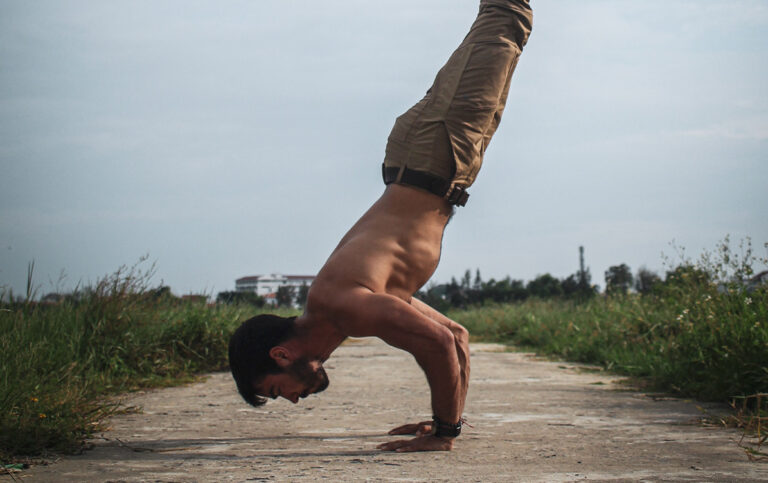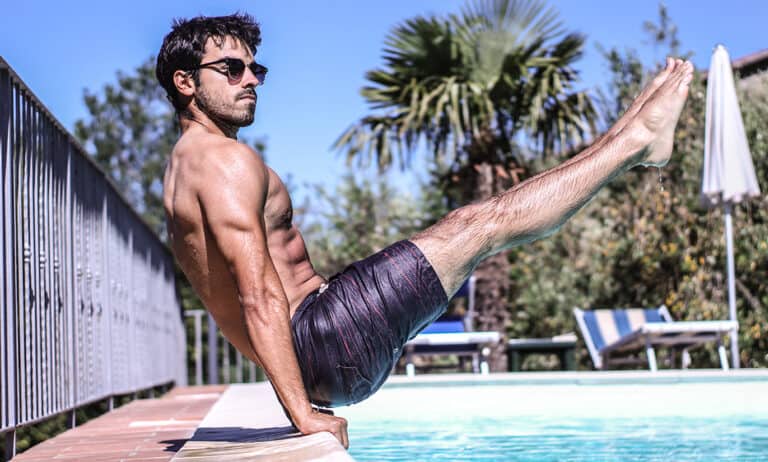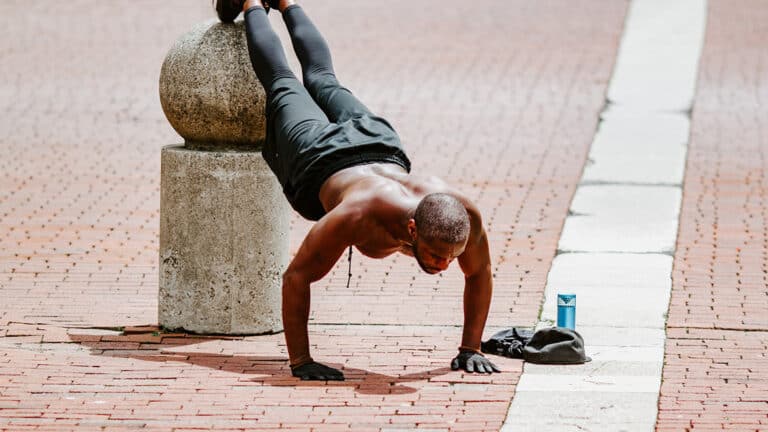Tuck Planche 101: A Comprehensive Guide
Tuck Planche 101: A Comprehensive Guide to Mastering the Tuck Planche
Unlocking the Power of the Tuck Planche
Welcome to Tuck Planche 101, where we will delve into the intricacies of mastering this advanced beginner calisthenics upper body pushing skill. In this comprehensive guide, we’ll explore the significance of the Tuck Planche and provide you with the techniques and knowledge you need to succeed.
Understanding the Movement
At its core, the Tuck Planche is about supporting the body vertically using the strength of your arms and shoulders while keeping the hips and shoulders at the same height. As the name suggests, this position involves tucking the legs with the knees pulled toward the chest. But what makes the Tuck Planche so crucial in your calisthenics journey?

performing a tuck planche
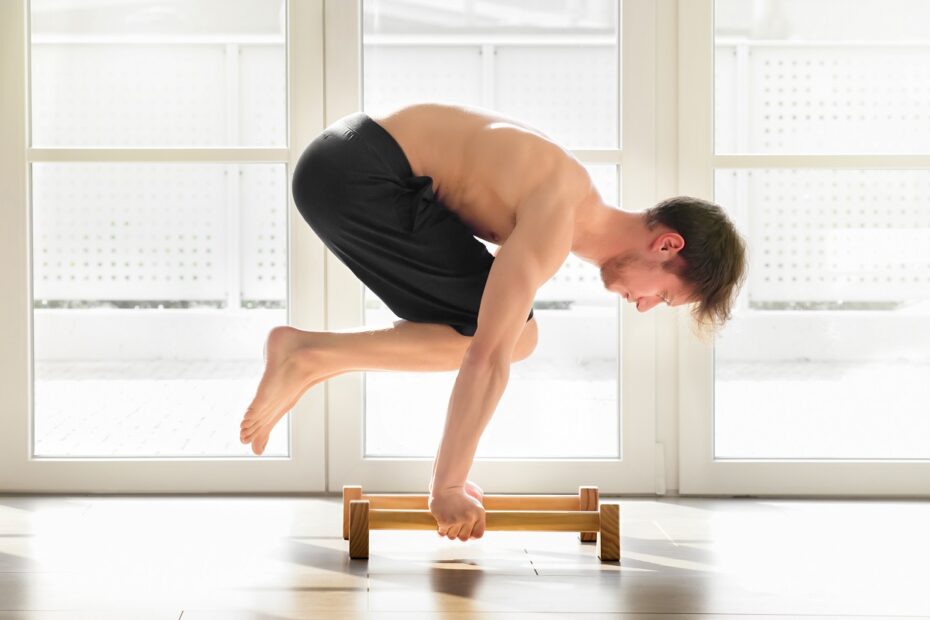
Credit: Andrea Donetti
Straight Arm Skill
In the world of high-level calisthenics, skills like the iron cross or full planche demand fully locked elbows, placing significant pressure on your joints.
However, is one of the first straight-arm skills you’ll learn. This distinction makes it a vital stepping stone in your bodyweight fitness journey, emphasizing the importance of locking out your elbows from day one.
Full-Body Engagement with a Focus on Shoulders
The primary goal is to raise the hips to the level of the shoulders while pulling the knees toward the chest. When we think of planche conditioning and workouts, we naturally emphasize shoulder and arm strength. After all, all the pressure is channeled through the arms into the floor. However, achieving this skill also requires strength and coordination throughout your entire body.
Mastering the Tuck Planche Technique
To excel at the Tuck, you need to grasp its underlying technique. Imagine you’re in a push-up position with your feet elevated on a bench. Gradually walk your feet forward while keeping your hips straight, pushing your shoulders forward. As more weight transfers from your feet to your hands, you’ll find yourself in a position resembling a planche.
As you extend your legs out, you’ll need to lean further, increasing the load on your shoulders. The key to mastering this skill and progressing to advanced variations lies in combining strength with coordination and technique. Surprisingly, you don’t need exceptional mobility, although basic mobility can help prevent injuries during training.
Focus on Shoulders: Protraction, Depression, and Flexion
Developing protraction strength and coordination is essential. Furthermore, working on upper back and shoulder mobility is crucial.
Additionally, depressing the shoulders, pushing them down and away from the ears, can offer a mechanical advantage. Moreover, it can reduce stress on your wrists. Shoulder flexion, or pushing your hands overhead while maintaining a static position, is another key movement.
Core Engagement: The Power of Compression
Unlike advanced progressions that require a perfectly straight back, the Tuck Planche allows for some rounding of the back, focusing on compression. Starting in a regular upper support position and leaning your shoulders forward while bending your knees and pulling them toward your chest forms the basis of the Tuck Planche. The more you lean and lift your knees, the closer your hips come to aligning with your shoulders. Compression plays a pivotal role in reducing the load on your shoulders, making the exercise more manageable.
Other Key Elements in Tuck Planche
Coordinating your shoulders with your core is a challenge in itself, but there are more nuances. The wrists, elbows, biceps, back, and knees all have specific roles to play. Your wrists bear the pressure from your shoulders, making it advisable to turn them out and use parallettes for better control. Strong forearms can also help protect flexible wrists.
Maintaining fully locked elbows is crucial to support your body in a leaning position while protecting your elbows from hyperextension. The often-overlooked biceps play a significant role in resisting shoulder collapse during the static hold, making biceps exercises a valuable addition to your training routine.
Your back muscles come into play, but they aren’t the primary limiting factor in the Tuck Planche, especially when your knees are tucked. The real challenge almost always lies in shoulder strength.
Lastly, the knees must be fully bent, engaging your hamstrings and preventing your feet from hanging down during the exercise. Keep those heels close to your glutes to maximize your Tuck Planche.
Training for the Tuck: Consistency Is Key
Learning the skill is a journey that requires consistency and planning. A structured workout routine is crucial, with a focus on incremental progress. Start with a general and specific warm-up, followed by protraction coordination warm-up exercises to prepare your shoulders.
The heart of your workout should include static holds, dynamic exercises, bent-arm work, and core exercises. These components together form a comprehensive Tuck Planche workout that builds strength and technique over time.
Incorporating Tuck Planches into Your Routine
You have two options when it comes to scheduling Tuck training: dedicated workouts or integrating them into your weekly routine. Ideally, aim to train at least twice a week, with some athletes achieving results with just one weekly session.
Periodization and Plateau Breaking
If you hit a plateau, consider changing your approach. Take a step back and focus on building raw strength, especially in the shoulders, through exercises like handstand push-ups and military presses. This alternative approach can help you overcome stagnation and keep progressing.
Training with Bands: A Valuable Tool
Using bands can assist your training by providing support at the precise angle needed for the exercise. Bands can help you work on specific aspects of the Tuck, while gradually reducing their assistance as you progress.
Benefits and Risks of Training Tuck Planches
As with any fitness endeavor, there are pros and cons to training this skill. The benefits include showcasing body control and strength, enhancing upper body pushing strength with bodyweight exercises, and preparing elbow tendons and joints for future goals. However, there are also risks, including the potential for injuries in the wrists, elbows, and shoulders, as well as the possibility of encountering plateaus in progress.
Speed up your progress
Explore the Movement Athlete Program
If you’re passionate about calisthenics and aspire to become a well-rounded movement athlete, we highly recommend considering a dedicated training program. The Movement Athlete program is tailored to individuals like you who seek to excel in various movement disciplines, including calisthenics.
FAQ: Your Tuck Planche Questions Answered
Conclusion
In conclusion, the Tuck Planche is a remarkable calisthenics skill that demands dedication, consistency, and proper technique. With the knowledge and guidance provided in Tuck Planche 101, you’re well-equipped to embark on your journey to mastering this impressive feat. Remember, progress may take time, but the rewards in terms of strength and body control are well worth the effort. So, start your new skill training today and unlock your full potential in bodyweight fitness.
